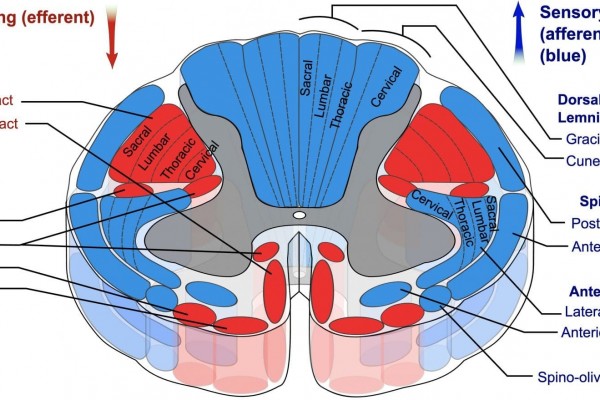Going Down?
Posted Sep 28, 2022 at 10:58
Posted Sep 28, 2022 at 10:58

If you’re a client of ours, or even just follow our social media, then you’ll know that here at Team Peak we’re all about the brain. It’s the most important organ in the body, controlling everything you do.
But how does it do it? The simple answer is via the nervous system, but you all know it’s a little more complicated than that.
In this blog I’m going to introduce you to the descending tracts of the spinal cord. These are the ones that relay information from the brain to the body, which in turn helps coordinate our movements and function.
Lateral Corticospinal Tract
Anterior Corticospinal Tract
Vestibulospinal Tract
Ponto Reticulospinal Tract
Rubrospinal Tract
Medullary Reticulospinal Tract
Tectospinal Tract
It’s important to know what each tract is responsible for, so we can piece together what is going on in your body during an assessment. We can assess the function of each of these tracts by testing certain movements or reflexes and seeing your response. As most of these tracts run alongside each other, certain conditions can affect multiple tracts (pathologies such as MS, ALS, spinal injury etc).
If you’re get pain when you move, or feel a bit uncoordinated and clumsy, get yourself booked in for a consultation where we can assess each of these tracts (as well as many more!) to figure out exactly what's going on and how we can help you.